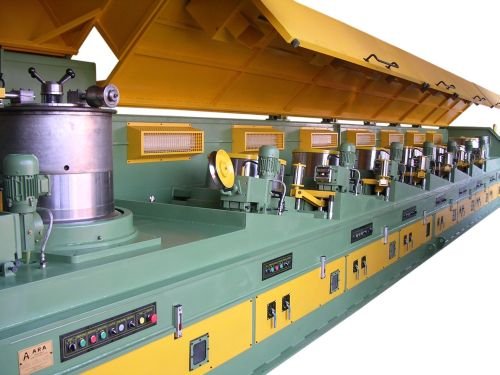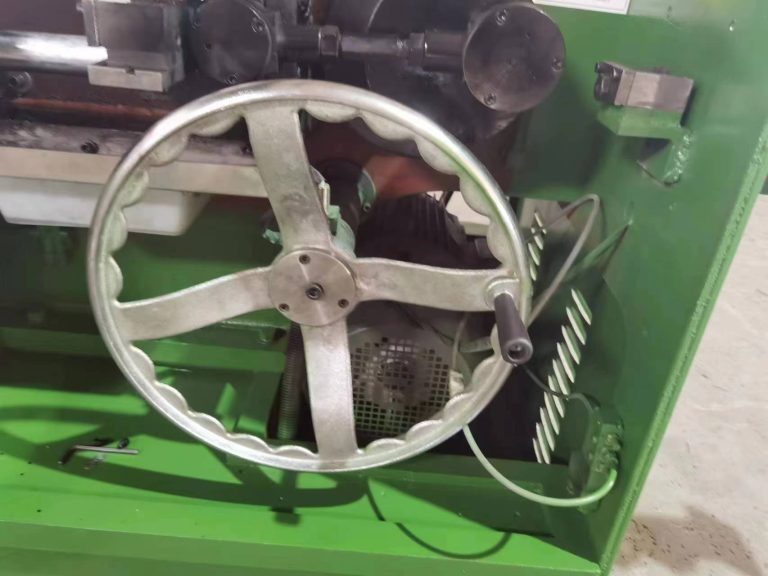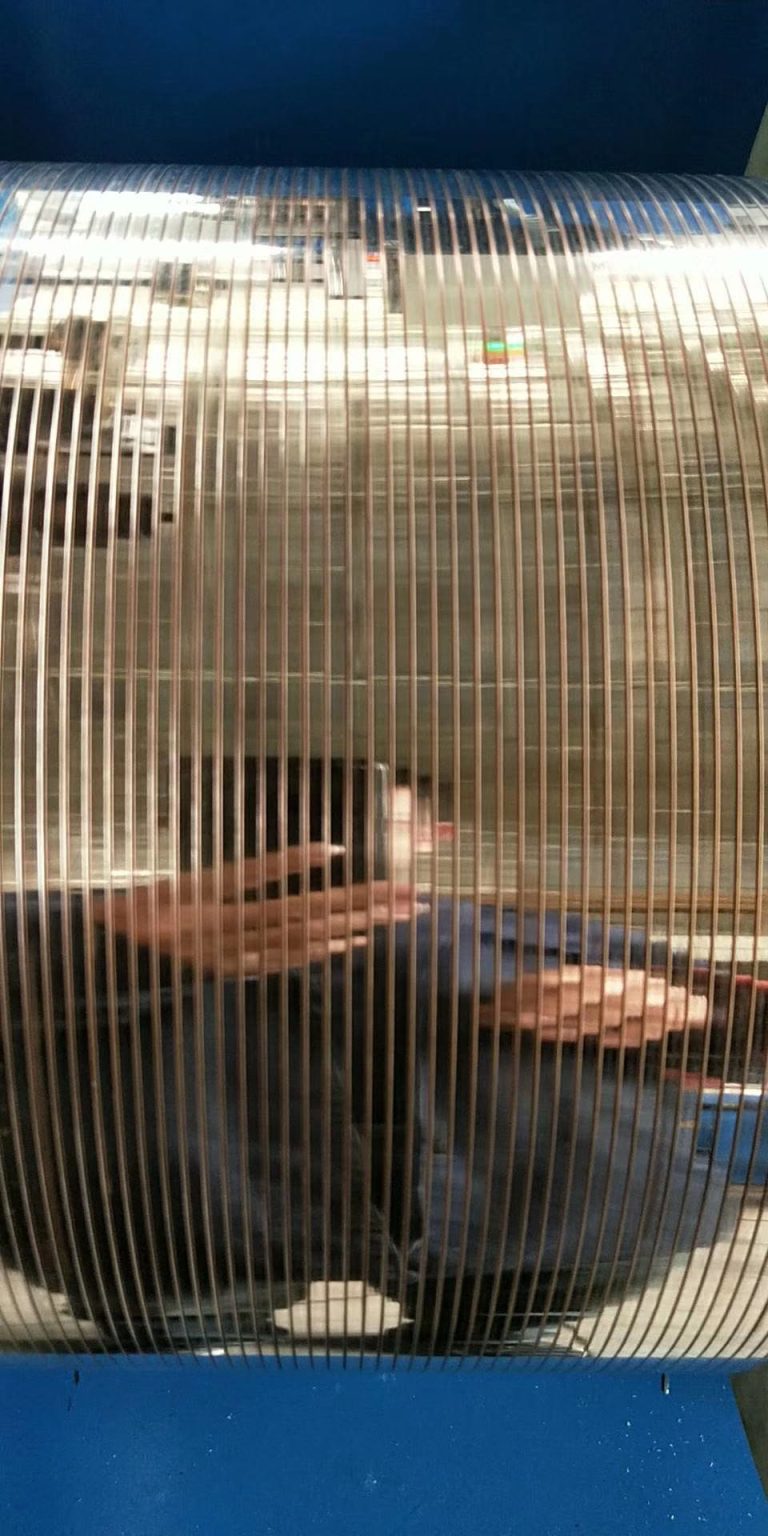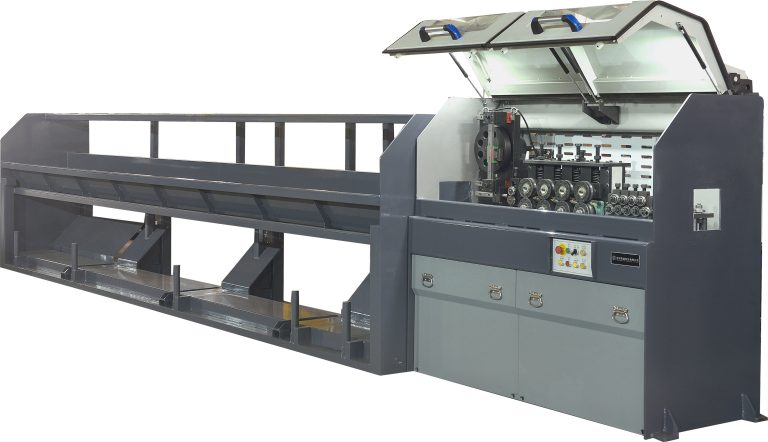Table of Contents
Advantages of Using Static Coiler Dead Block Machines in Wire and Cable Manufacturing
Wire and cable manufacturing is a complex and intricate process that requires precision and efficiency. One crucial component of this process is the use of static coiler dead block machines. These machines play a vital role in ensuring the quality and consistency of the final product. In this article, we will explore the advantages of using static coiler dead block machines in wire and cable manufacturing.

One of the primary advantages of static coiler dead block machines is their ability to accurately control the tension of the wire or cable being coiled. This is essential for ensuring that the wire or cable is wound evenly and without any kinks or twists. By maintaining consistent tension throughout the coiling process, static coiler dead block machines help to prevent defects and ensure the quality of the finished product.
In addition to controlling tension, static coiler dead block machines also offer a high level of automation. This automation allows for greater efficiency and productivity in the manufacturing process. By automating the coiling process, manufacturers can reduce the risk of human error and increase the speed at which wire and cable can be produced. This not only saves time and labor costs but also improves overall product quality.
Another advantage of static coiler dead block machines is their versatility. These machines can be easily adjusted to accommodate different types and sizes of wire and cable. This flexibility allows manufacturers to produce a wide range of products without the need for multiple machines. By using a single static coiler dead block machine, manufacturers can streamline their production process and reduce costs.
Furthermore, static coiler dead block machines are designed to be durable and reliable. These machines are built to withstand the rigors of continuous use in a manufacturing environment. With proper maintenance and care, static coiler dead block machines can provide years of reliable service, making them a cost-effective investment for manufacturers.
In addition to their durability, static coiler dead block machines are also easy to operate and maintain. These machines are designed with user-friendly controls and interfaces, making them accessible to operators of all skill levels. Routine maintenance tasks are simple and straightforward, allowing manufacturers to keep their machines running smoothly with minimal downtime.
Overall, the advantages of using static coiler dead block machines in wire and cable manufacturing are clear. From their ability to control tension and automate the coiling process to their versatility, durability, and ease of operation, these machines offer numerous benefits to manufacturers. By investing in static coiler dead block machines, manufacturers can improve the quality, efficiency, and productivity of their wire and cable production process.
How to Properly Maintain and Troubleshoot Static Coiler Dead Block Machines
Static coiler dead block machines are essential equipment in the wire and cable industry, used for coiling and packaging wire products efficiently. To ensure the smooth operation of these machines and prevent costly downtime, proper maintenance and troubleshooting are crucial. In this article, we will discuss some key maintenance tips and common troubleshooting techniques for static coiler dead block machines.
Regular maintenance is essential to keep static coiler dead block machines in optimal working condition. One of the most important maintenance tasks is to regularly inspect and lubricate the machine’s moving parts. This includes the bearings, gears, and drive belts. Proper lubrication will help reduce friction and wear, extending the lifespan of the machine and ensuring smooth operation.
In addition to lubrication, it is important to regularly check the tension of the wire being coiled. Improper tension can lead to uneven coiling and product defects. Adjusting the tension settings as needed will help ensure consistent and high-quality coiling results.
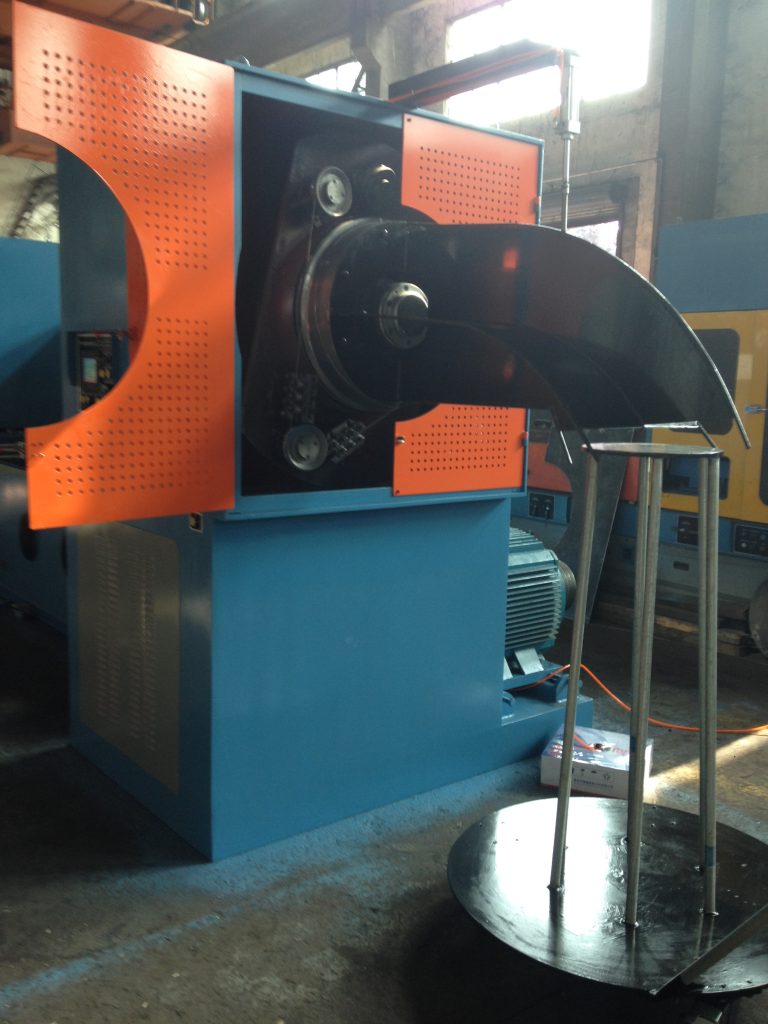
Another important maintenance task is to regularly inspect and clean the machine’s sensors and controls. Dust and debris can accumulate on these components, affecting their performance and accuracy. Cleaning them regularly will help prevent malfunctions and ensure the machine operates smoothly.
In the event of a malfunction or breakdown, it is important to troubleshoot the issue promptly to minimize downtime. One common issue with static coiler dead block machines is coil slippage. This can be caused by improper tension settings, worn drive belts, or a malfunctioning brake system. By checking these components and making necessary adjustments or replacements, coil slippage can be resolved quickly.
Another common issue is coil winding irregularities, such as loose or tight winding. This can be caused by uneven tension, misaligned guides, or worn components. By inspecting and adjusting these components, the winding irregularities can be corrected, ensuring consistent and high-quality coiling results.
If the machine is not operating at all, it may be due to electrical issues. Checking the power supply, fuses, and connections can help identify and resolve the problem. It is also important to check the machine’s safety features, such as emergency stop buttons and interlocks, to ensure they are functioning properly.
Regularly monitoring the machine’s performance and addressing any issues promptly will help prevent costly downtime and ensure the static coiler dead block machine operates efficiently. By following these maintenance tips and troubleshooting techniques, wire and cable manufacturers can maximize the productivity and lifespan of their equipment.
In conclusion, proper maintenance and troubleshooting are essential for static coiler dead block machines to operate efficiently and effectively. By regularly inspecting and lubricating the machine’s moving parts, checking wire tension, and cleaning sensors and controls, manufacturers can prevent malfunctions and ensure smooth operation. In the event of a breakdown, troubleshooting common issues such as coil slippage and winding irregularities promptly will help minimize downtime and maximize productivity. By following these tips, wire and cable manufacturers can maintain their static coiler dead block machines in optimal working condition.


